|
It would be worth writing a whole book specifically about proper construction methods. Here are some worthwhile recommendations which should be followed by you, the architect, biological building officer and trades people. 1. Protect the building materials and construction from rain and moisture.Avoid lengthy exposure to the weather and finish the roof quickly. (Use well-seasoned wood) A wide enough roof overhang prevents direct contact with rain and is more effective than any treatment. Old, wooden buildings always have a wide roof overhang to protect external walls and cladding. Keep wood off the moist earth. Cladding and posts should never end up in the ground or soil. Make sure you build on sufficient foundation made from brick, concrete or rock. For an external cladding the vertical facade is preferable to horizontal. Water can run off all the wooden components which are exposed to rain and dampness and doesn't pool. Weather boards are to be installed onto a slatted frame allowing free air movement and circulation to wooden building components. Condensation, Frost and Foils:To build a more energy efficient home, more and better thermal insulation is in demand. However, proper insulation needs to dam and should not seal. Avoid water and air tight foils (vapor barriers) and rather use a recommended vapor retardant instead of a barrier. Condensation and dew water still remain risky for wood frame walls. It is important to ask professional tradespeople about all types of insulation. Ask them to calculate the dew point for every ceiling and wall construction and to confirm their results in writing. At a later point a vapor retardant might get injured and cause damage. The best solution is a solid, homogenous wooden wall like the Holz100 system presents. Here the vapor pressure is continuously slowed down instead of suppressed by a single, vulnerable layer of foil and guarantees 100% protection from condensation moisture and fungus. To constructively protect your building, you need a tradeperson who appreciates this type of work. Luckily those kind of people do exist and their numbers are rising. 2. Be aware of water transportation by dry rot:There is only one, very rare exemption which can infest even very dry wood. The true dry rot needs damp wood (more than 20%) to grow, however, once established it can grow several meters long in up to one centimeter thick strands. These strands transport water to neighbouring, dry areas and dampen these for the infestation to spread.
How to prevent dry rot? If the house has been built in a constructive and proper way, it usually is enough to make sure there are no rotting piles of wood, old building parts or off cuts which provide feeding and breeding ground anywhere close to the building. When restoring the building, all infested wooden components should be generously removed and any existing strands of fungi should be eliminated from the masonry, brick and stone work with a blowtorch. Realistically, in all the years of our professional building work, we never came across any dry rot in wood which has been dried, stored and worked with properly.
4 Comments
(Continuation of "The Right Questions II"): 5. Timber Harvesting Time Steadiness and durability can be achieved best by harvesting your wood at the right time. Adhere to the following criteria for building and future timber & wood:
6. Is this choice agreeable with your personal taste and health? Think about which tree best suits and matches you. There is a distinct difference to living on a larch or an oak floor. To choose the right type of wood translates into positive energy, harmony and better quality of your life. My advice: make this decision when you are in nature and surrounded by a mixed forest. You will feel which tree has the best effect on your senses. 7. Once it has fulfilled its purpose, can it be returned to nature? If the use of chemicals has been consequently avoided, the answer is positive: "Yes". It can be returned into the natural cycle as mulch or ash and enrich the soil with nutrients for the next generation of trees to grow. 8. Has it been sawn appropriately? For winter gardens, use core-free and squared pieces. Boards with standing growth rings (edge grain) are best for wooden floors and bathrooms. For example, square timber with core cracks more easily, while squared timber without core is more stable. Now that you know the right questions to ask when buying wood, you now have a great checklist to refer to. Although these questions are meant to guide you, the decision ultimately depends on your taste and lifestyle. It is just a mnemonic device to make your life easier and not about keeping up with norms and regulations. The time you are putting into research and planning now will save you a multitude of time and effort later and also helps you avoid harm physically to your health as well as economically in the long run. Although many companies may not meet all of these standards, you now know who does and even goes beyond them. If you want to use the highest quality of wood combined with innovative engineering for your next project, don't hesitate to contact us. 1.The Origin of the Wood To transport wood from one continent to the other is affecting our environment and costs energy. You, as a customer want to be sure your wood is not from a radioactive contaminated area (e.g. Chernobyl, Fukushima) It is important that your wood is from well-managed forests and not from some clear or over felling area where reforestation and appropriate care for the re-growth is not appreciated. My choice is local wood, because you automatically exclude these risks without having to find out from badly informed suppliers. 2. The Age of the Trees Durability and composure are influenced by the maturity of the tree. As a general rule for good wood: coniferous wood should be older than 120 years. Fast-growing leaf trees like Birch and Alder: older than 50 years; moderate and slow-growing leaf trees like Maple, Ash, Oak and Elm: 100 to 200 years. These indications are references for high quality workmanship purposes. 3. Potential Chemical Treatments:
If you want to be on the sure side, choose a supplier who confirms in writing that his supplies have not been chemically treated in their manufacturing process. 4. The Right Choice of Wood for the Project It is best to consult a specialist or research on the internet. Sophisticated wooden buildings require slow and steady grown trees. For heavy traffic areas, durability is of importance and hardwoods like beech, oak, and ash are excellent for solid floor boards. Environmentally, this is the best choice and it is wise to avoid hardening the surface with laminates and sealants. Outdoors it is best to use naturally weather resistant wood like larch, oak or untreated robinia. With Holz100, you are guaranteed the ideal choice of wood which is the right answer to all of these questions - and more!
Natural Wood vs. Treated Wood Working only with natural wood protection has several advantages. Natural wood will provide a healthy and long-lasting usage of buildings and also eliminates expensive and complicated products. Here is an excerpt from a tender brief from an engineer's office: "The existing wooden balconies have, despite consistent maintenance and treatment with commercial chemical wood preservatives, fully rotted away. The main reason is the disregard of constructive measures to protect the wood. It also suggests that chemical wood preservatives do not effectively protect external wood, however, it does turn wood into toxic waste." In addition, this brief went on to prescribe the demolition and the expensive disposal of the toxic waste. The newly erected balconies were made of alpine larch which has been harvested at the right season and moon phase, such as Thoma Holz100. The homeowner could have saved a lot of money had he used natural wood preservation methods along with high quality wood. Now then, how can we make this movement from treated to natural wood? The Right Questions When Buying Wood Imagine you want to replace an old carpet with a wooden floor. You would visit a building supply or parquetry distributor where you can choose between different colours, qualities, and price. Convenience is often seen as a positive quality and most likely, you will be able to take your new laminated flooring material home straight away. However, ask yourself these:
Nowadays, in Europe, there are wood suppliers who can even provide photographs of the forest where the wood for your flooring has grown. Perhaps you would like to see and absorb the environment from where it came from. It is best if you can treat your floors with natural resins and/or beeswax instead of sealing it with synthetic applications. Then you can be sure that your floor can return to nature and stay in the natural cycle. No matter if you want to buy a bedside table or build a whole family house in wood, to attain the wood quality we are talking about in Holz100, it is helpful to think about the following questions, before you choose your supplier. In the next article, we will examine these questions in detail. |
AuthorHolz100 Canada Inc. Archives
July 2019
Categories
All
|
HoursMon - Fri.
9:30am - 4:30pm |
Office |
President FRANK GHAHREMANI(416) 725-6747
|

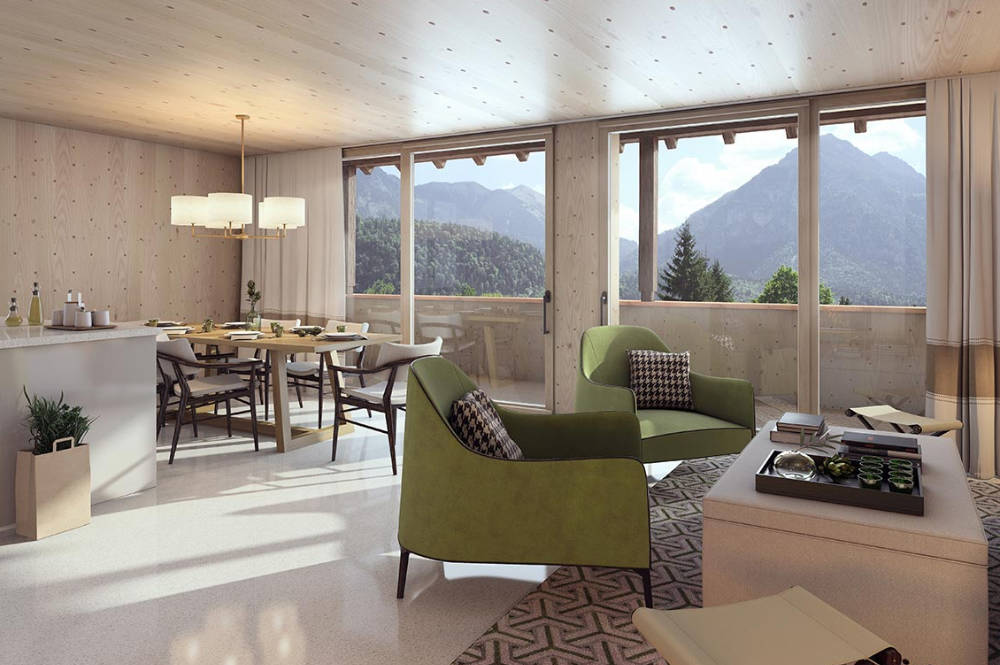
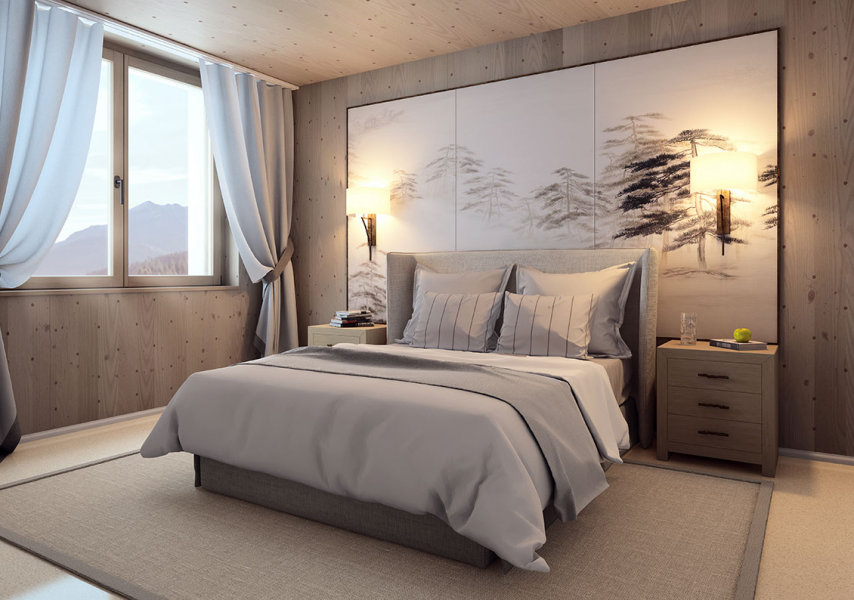
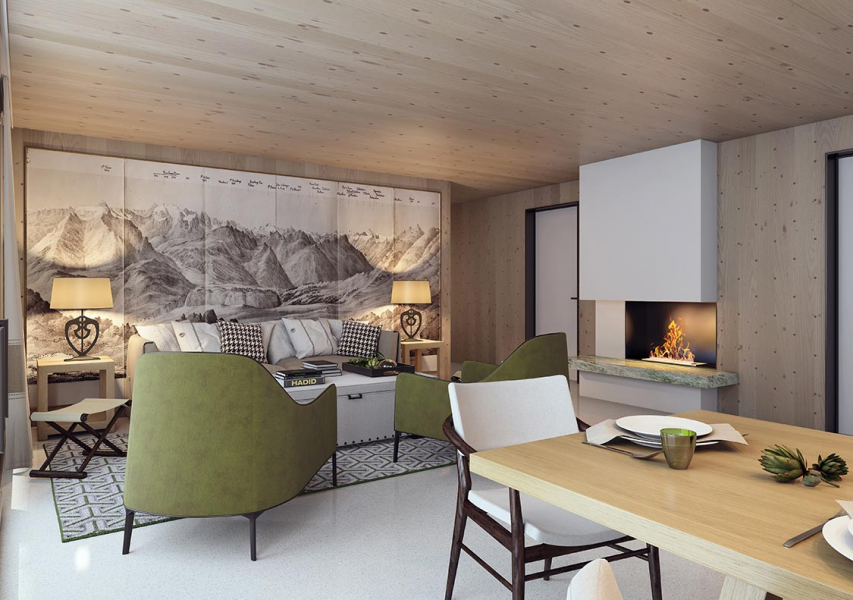
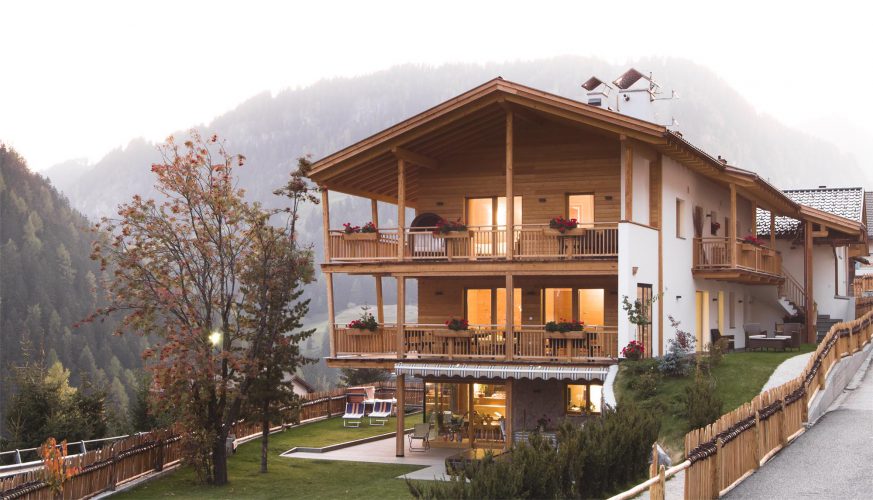
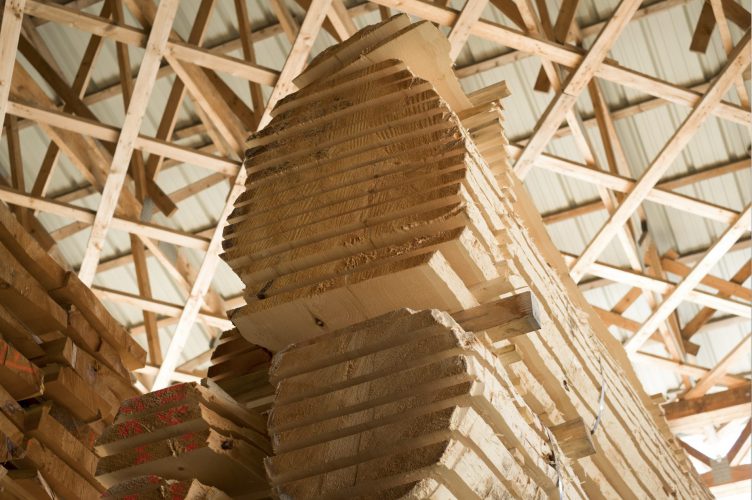
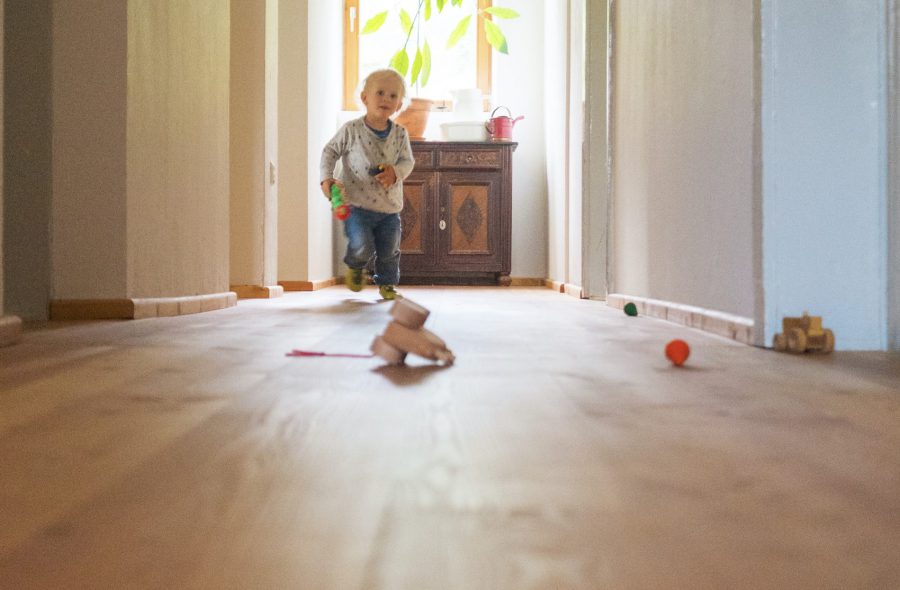
 RSS Feed
RSS Feed


